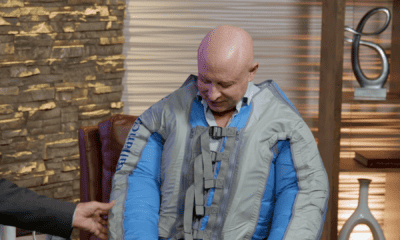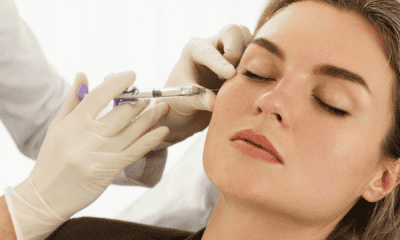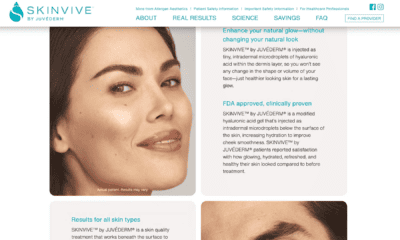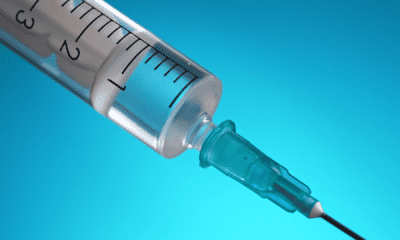Traditional media seems to continue to decline in favor of new concepts spurned on by the Internet, such as the mighty social media. It seems to be far more rewarding, and for more influential, to follow friends, family, and smaller circles than it does strangers. How much influence does an actress in Hollywood’s endorsement of Botox compare to your best friend who just posted her results on Instagram?
While it seems raw, unrefined, and oftentimes trigger-happy, social media is just a bit more real. Board certified plastic surgeons discuss this very obvious fact and how the shift in the way we view and present ourselves to the world has influenced modern plastic surgery.
The Reasons for Surgery Change, but the Seriousness Does Not
Beyond being influenced by those close to you into considering cosmetic surgery, the constant taking of pictures – especially selfies – may be instigating a higher level of self-awareness when it comes to aging. Coupled with newer non-surgical procedures that are often well advertised in the market, the interest to retain and/or regain youth is growing.
With the ease in which we access information nowadays, it is difficult sometimes to remember patience and restraint. Board certified plastic surgeon Dr. Richard Restifo of Connecticut comments that while social media is useful, it’s up to surgeon to slow the pace of patient desires to make sure they’re going to achieve what it is they truly want and need.
“Social media runs the world; it’s like the tail is wagging the dog,” says Restifo. “It’s nice that a patient can share his or her positive experience with friends and the rest of the world, but I would like to strike a cautionary note: my problem with Instagram is the ‘insta’. I think we still have to be careful to sit down with our patients, talk to them about the pros, cons, risks, and alternatives, lest they rush into something that maybe they haven’t thought about.”
The rapid speed in which official procedure results are available in photograph – as well as a patients ability to post post-op pictures immediately – is an interesting change for plastic surgeons. Board certified plastic surgeon Dr. Richard Zienowicz of Rhode Island thinks this has worked out well surgeons and helping bridge a gap with curious and potential patients.
“I’d like to thank the American Society of Plastic Surgery for allowing us to actually get the consent from our patients to do this live,” Zienowicz mentions. “Before it was really a touch-and-go thing with doctor/patient confidentiality. It’s working out really nicely now so we can show people the immediate gratification.”
Social Media Provides Speed and Efficiency with Communication
The speed, again, of social media is at first alarming. Once the process is understood and the frenetic online world controlled to a degree, the speed can actually be a boon to patient-physician communication efficiency. Dr. Steven Camp, a board certified plastic surgeon in Ft. Worth, believes this efficiency has helped his communication with patients.
“I think it’s been positive, it has been a lift to my practice,” Camp explains. “It’s allowed patients to connect with us and communicate with us very transparently in an effective, efficient way. They say a picture is worth a thousand words, maybe more. By getting a patient to communicate via Instagram tells us a lot about their lifestyle and their personality. Good plastic surgery is really about a matter of taste and good guiding principles.”
Whether or not people like social media, it certainly is not going away anytime soon. Embracing changing communicative landscapes is always difficult to initially surmount, but plastic surgeons have done it and are seeing quite positive results.

















Facebook
Twitter
Instagram
YouTube
RSS